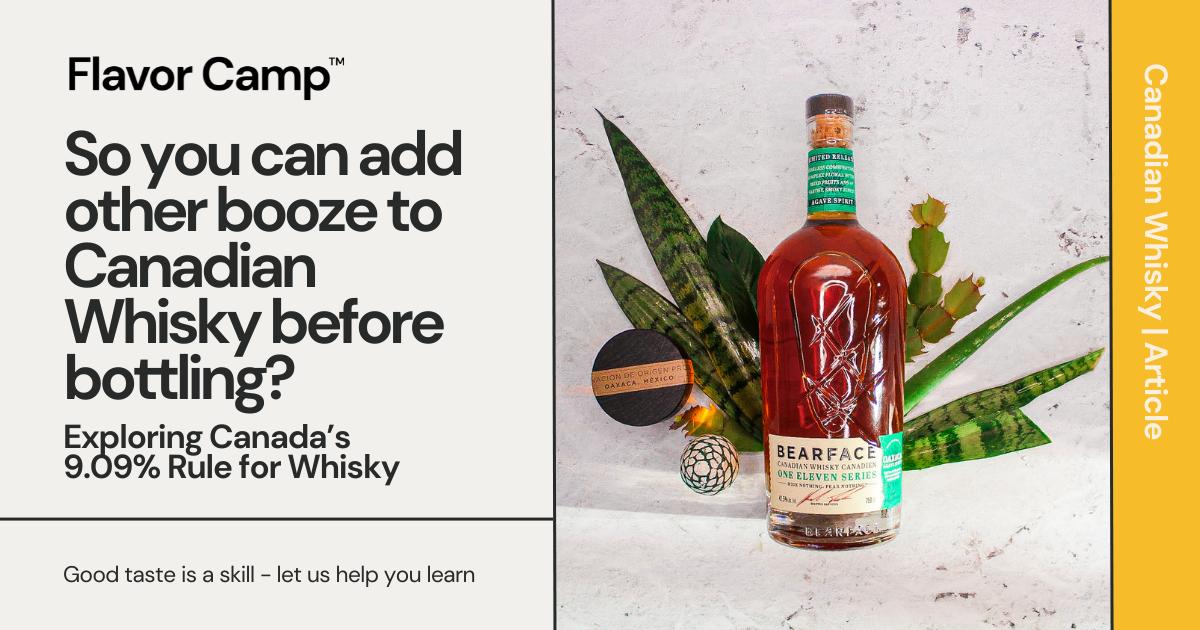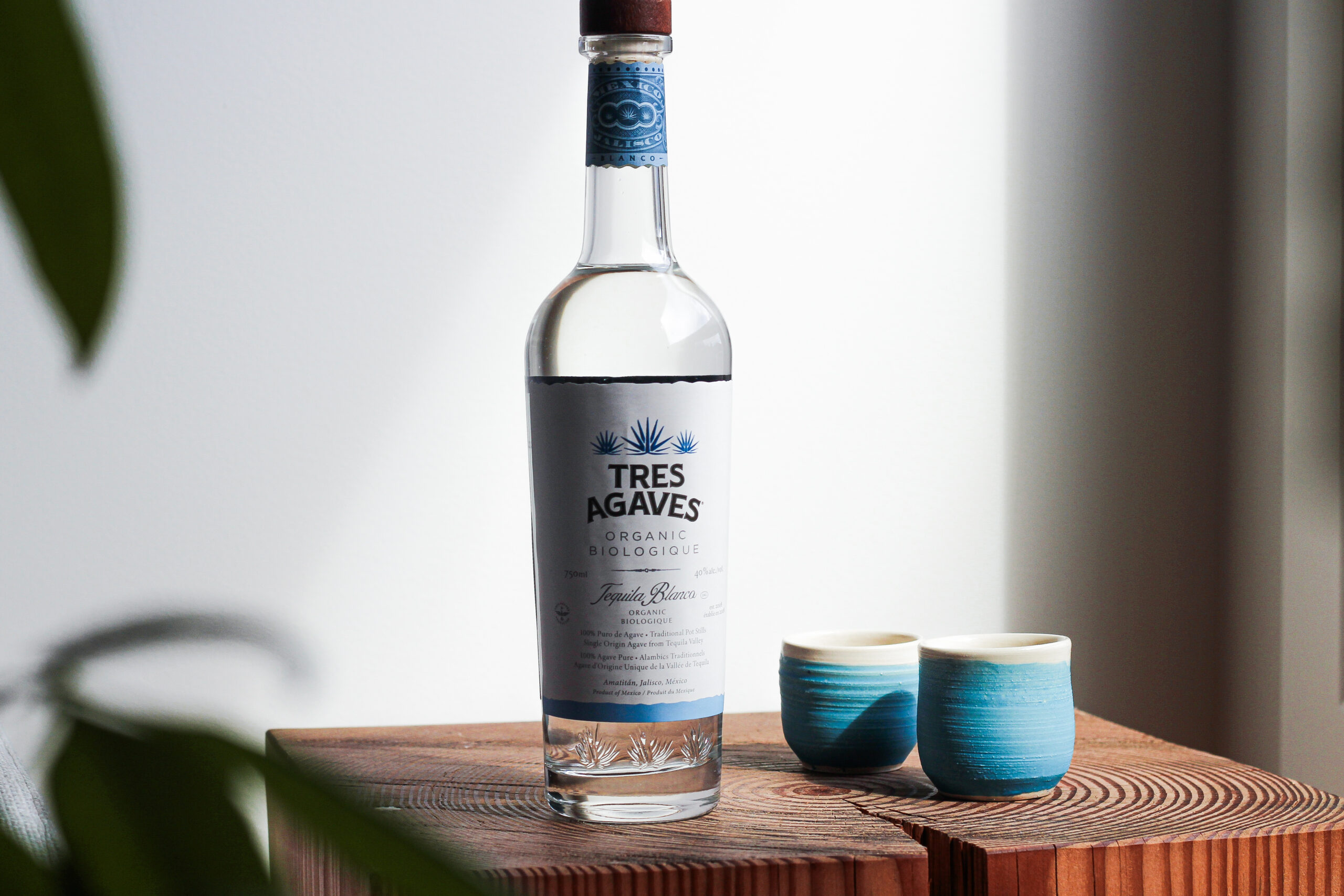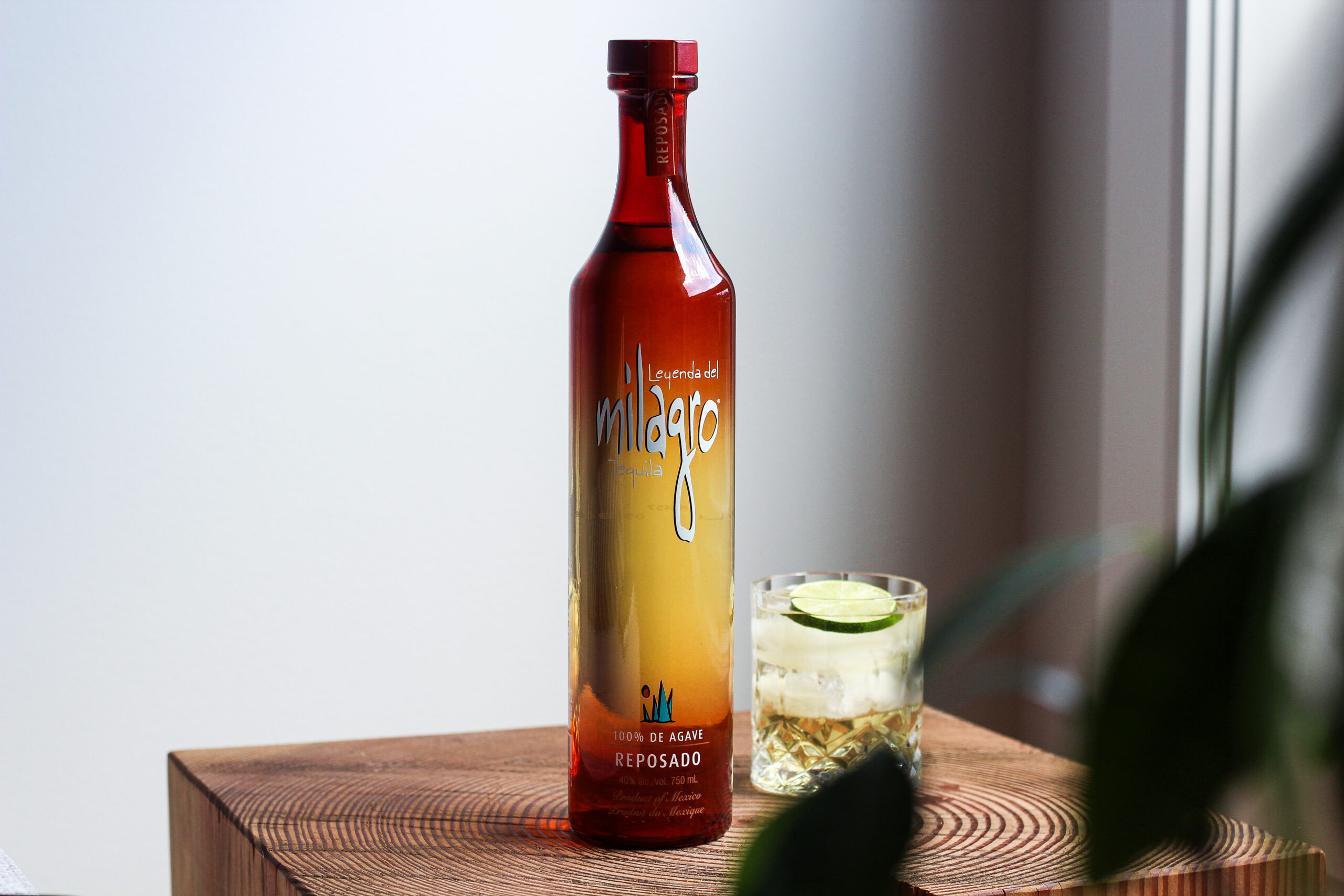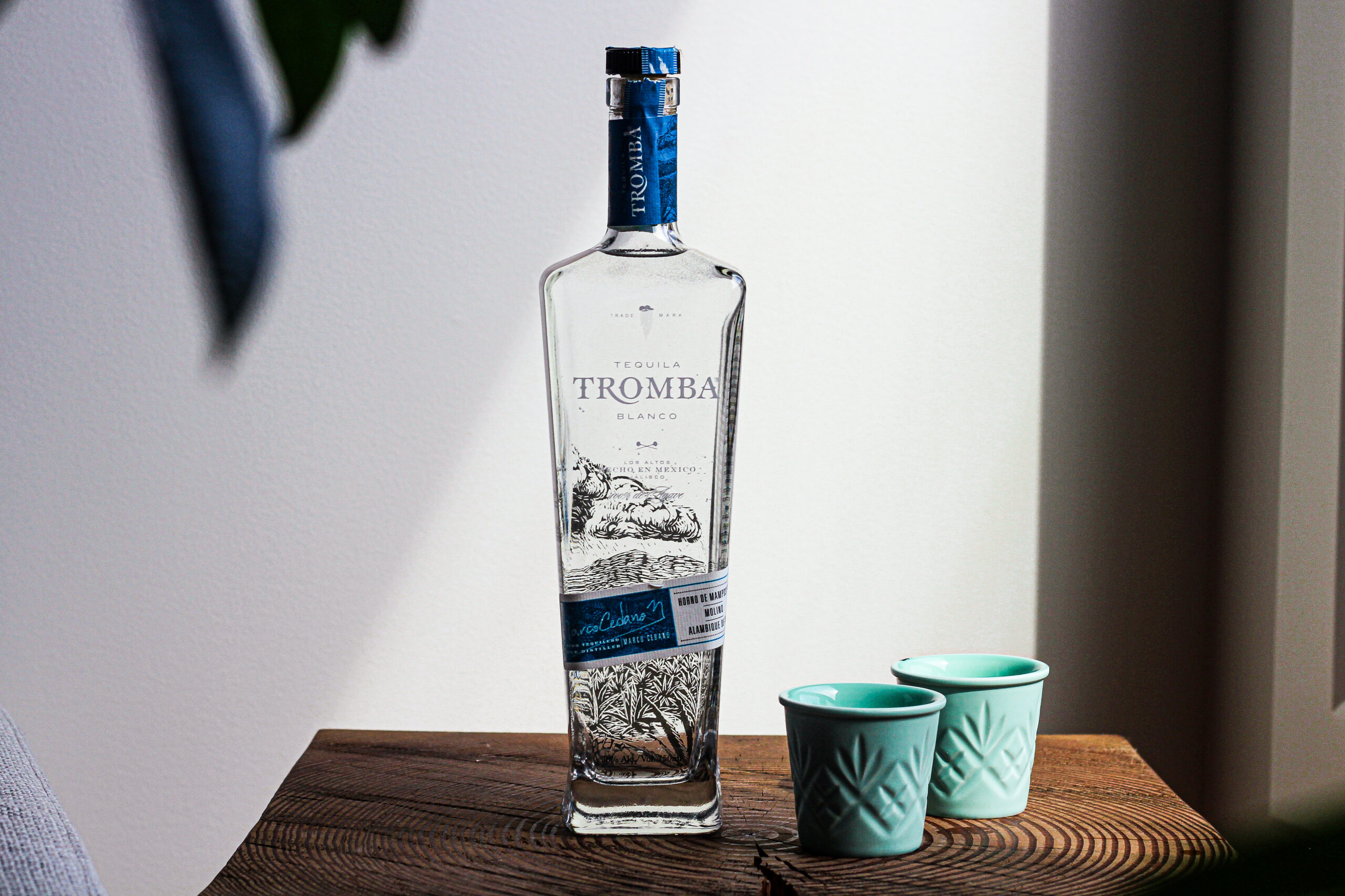Canada’s 9.09% Rule
May 24, 2024


Canada is known for their blended whiskies and in fact are some of the best selling whiskey brands in the world. But, did you know that Canada has some unique blending rules that are legislated which are unlike any other country which allow 50 year old Scotches to be blended in to a Canadian whiskies and sold, along with wine, bourbon and other spirits?
Today we’re talking about Canada’s 9.09% rule. For those who are unfamiliar, this rule has become infamous. This legislation within Canada, allows whisky producers to add up to 9.09% of non-whisky into their blend (or 1/11th of the composition of the whiskey) and still label it and sell it as Canadian Whisky.
Say what? Now before you mind starts racing with ideas of blending chocolate milk, slurpees or mushroom soup into the mix, there is a lot more to this rule than meets the eye.
So let’s start with the basic regulations around making Whiskey in Canada. Two of the things to note within Canada’s Food + Drug Regulations for Canadian Whisky, Canadian Rye Whisky or Rye Whisky note that whisky:
- It shall possess the aroma, taste and character generally attributed to Canadian whisky; and
- Can contain caramel colouring or flavouring
So essentially flavouring can be added as long as the whiskey still tastes like whiskey… whatever that means.
Okay so there’s additional legislation in Canada called the “Certificates of Age and Origin for Distilled Spirits Produced or Packaged in Canada Order” which is pursuant to the Department of Agriculture in Canada and was enacted on July 1, 2009. The legislation states that whisky that is to be exported as a blend can contain up to 9.090 per cent imported spirits in it, and still be labelled as a Canadian Whisky, Canadian Rye Whiskey or Rye Whiskey.
However, within additional Canadian legislation, flavouring which was noted above is defined as “… any spirit or wine, domestic or imported…” and a spirit must be distilled and bottled at no less than 40% ABV. Legislation further notes for whiskey in which an imported spirit is added as flavouring, that said imported spirit must be aged for a minimum of two years. In other words, while straight bourbon or cognac could be added, vodka, gin or blanco tequila could not.
According to Davin De Kergommeaux, Canadian Whisky expert, most whisky styles around the world except for bourbon and American rye whiskey, actually add other spirits to them - they just do it in different ways.
Any cask finished whiskies (i.e. Port, Sherry, Rum, Beer etc.) can have 6–7 litres of that wine/spirit in the cask when the whisky is put in because as the spirit ages, the liquid is absorbed by the oak ; it’s actually an enormous part of finishing a whisky.
Canada, however, is just one country that permits the direct addition of spirits or wine into their blends instead of having to purchase expensive casks to do the same thing via extraction from the wood.
Four examples of whiskies from Canada that take advantage of this 9.09% rule are:
1. Wisers Union 52
2. Reifel Rye
3. Bearface 1/11
4. Paradigm 19 Year Single Grain Oloroso Blend Whisky
5. Canadian Club Chronicles 44 Year – The Whisky Sixes
Are there any others that you’ve come across that take advantage of this rule?
*Originally posted to Whiskeymuse.com (written by Reece Sims, Founder of Flavor Camp)*
You may like these too
Komos Rosa
Komos Rosa Reposado is a wine-cask-aged tequila that brings elegance, florality, and silky texture t
May 14, 2025
Tres Agaves Blanco
Tres Agaves Blanco is a certified organic tequila that balances bright citrus, sweet agave, and crea
May 14, 2025
Milagro Reposado
Milagro Reposado offers a layered mix of ripe red fruit, toasted caramel, and earthy minerality—wi
May 14, 2025
Tromba Blanco
Tromba Blanco is a highland tequila made with 100% Blue Weber agave and bottled unaged to highlight
May 14, 2025





